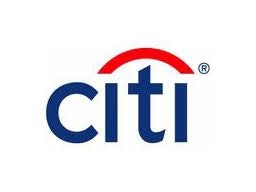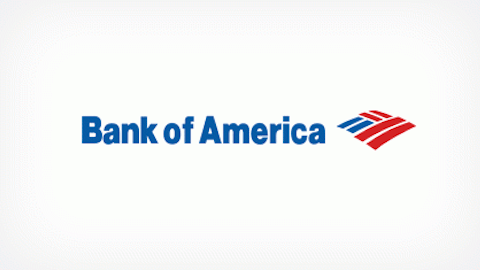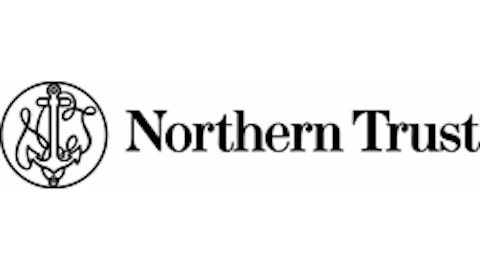The U.S. banking sector is facing more and more stringent capital requirements, the latest of which is the two-fold rise in the leverage ratio minimum to 6%. While some meet the proposed requirements, others don’t. Therefore, it’s unlikely that the Fed will set a minimum leverage capital target that significantly disadvantages the U.S. banks relative to their international counterparts. Nevertheless, I don’t expect a 6% level to be a more meaningful constraint on capital return for banks in the U.S.
Proposed requirements
Bloomberg reported that the Fed and the Federal Deposit Insurance Corporation (FDIC) are aiming to raise the leverage ratio minimum to 6%, which will be twice the international banks will be required to hold under the Basel III requirements.
Unlike the Tier 1 common ratio, which is based on risk-weighted assets, the leverage ratio is based on total assets. The proposed leverage ratio will incorporate certain off-balance sheet exposures such as derivatives and commitments.
Do the banks meet the proposed requirements?
Among the large cap banks, Citigroup Inc (NYSE:C) and Bank of America Corp (NYSE:BAC) have the least leverage ratios of 4.6% and 5.1%, respectively. Both have over $650 billion of estimated off-balance sheet assets which add up to calculate the Basel III Tier 1 leverage ratio. In contrast, Capital One Financial Corp. (NYSE:COF) has the highest leverage ratio of 7.7% with the lowest amount of estimated off-balance sheet items ($52.7 billion). On average, the large cap banks have a 6.1% Basel III Tier 1 leverage ratio.
Under Basel I regulations, current assets like cash, Treasuries, and other assets receive a 0% risk-weighting. If these asset categories are eliminated from the calculations of total assets in the leverage ratio under the proposed regulations, Bank of America Corp (NYSE:BAC) would be pushed above a 6% leverage ratio. Citigroup Inc (NYSE:C) would be pushed to a 5.9% leverage ratio as of March 31, 2013.
What could they do to meet the proposed requirements?
Given the substantial increase in capital over the last few years, I believe the banks will engage in balance sheet management to meet the requirements. This, coupled with internally generated capital, should be sufficient to meet the proposed 6% leverage ratio target. Balance sheet management means the constraints banks put on their liquidity coverage ratio, net stable funding ratio, capital conservation buffer, and asset liabilities ratios.
Also, contrary to popular opinion, analysts at Credit Suisse see no dividend cuts by these large cap banks nor capital raising if the minimum leverage is set at 6%. Further, if the proposed leverage ratio is implemented, banks like Citigroup Inc (NYSE:C) and Bank of America Corp (NYSE:BAC), that fall short, would need to reduce their assets, including their off-balance sheet assets, by 17% on average.



